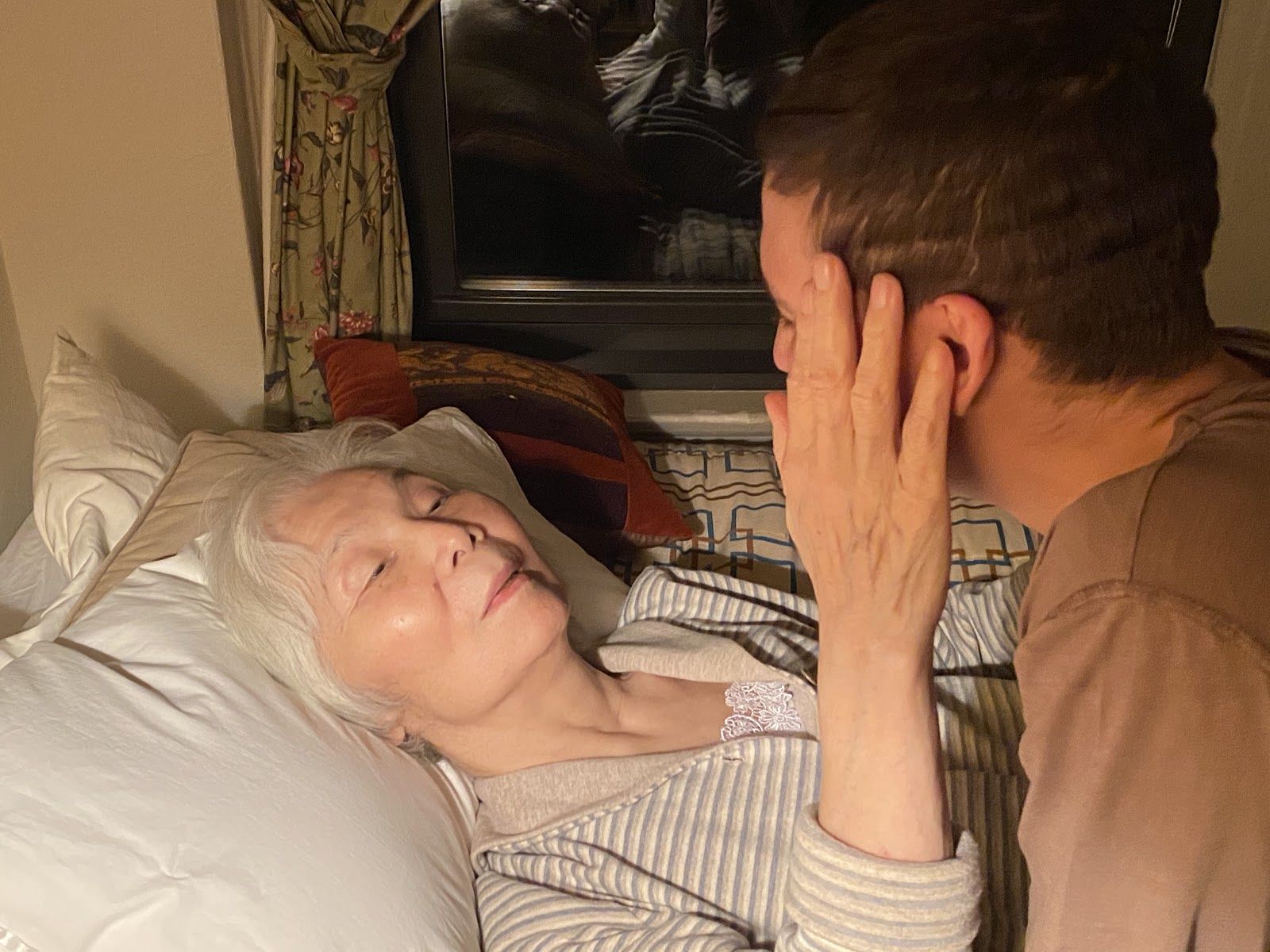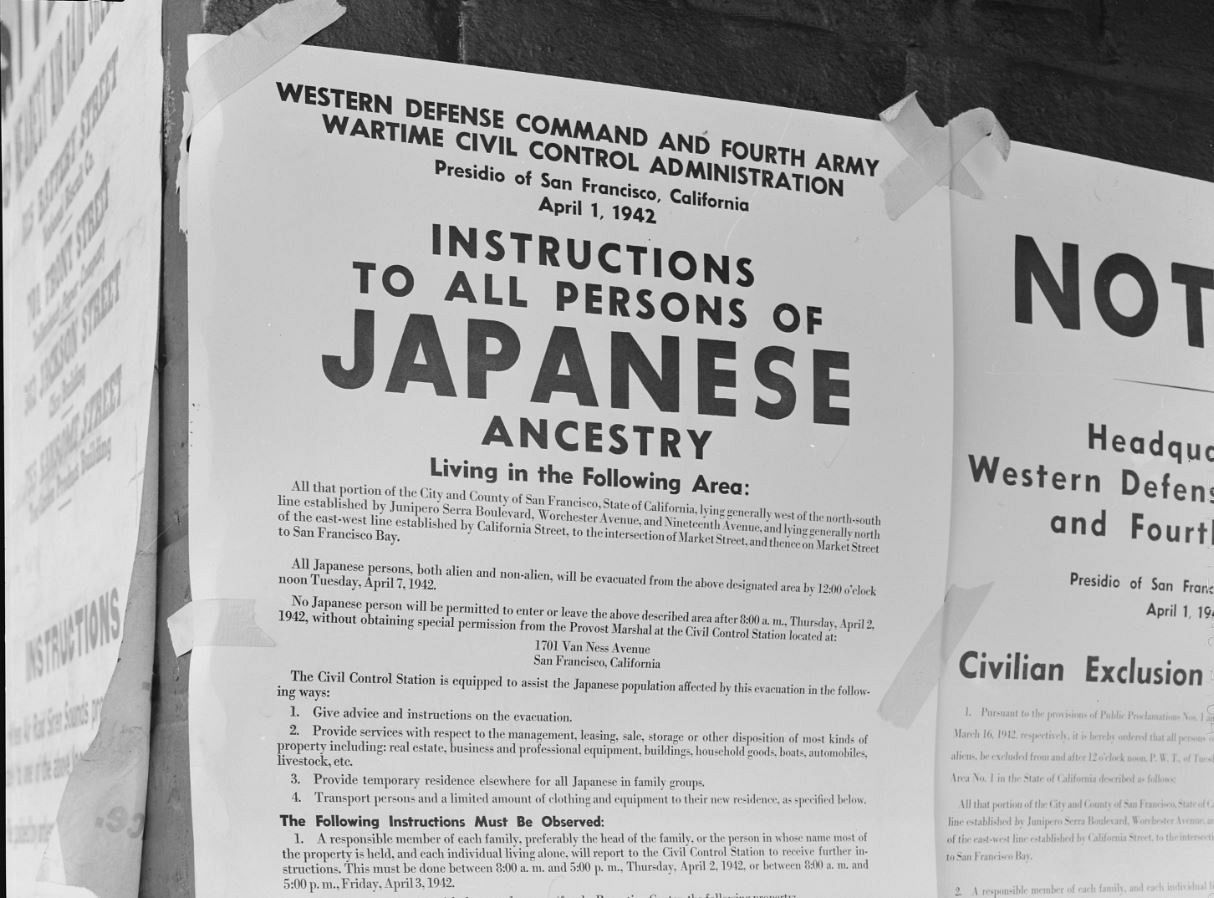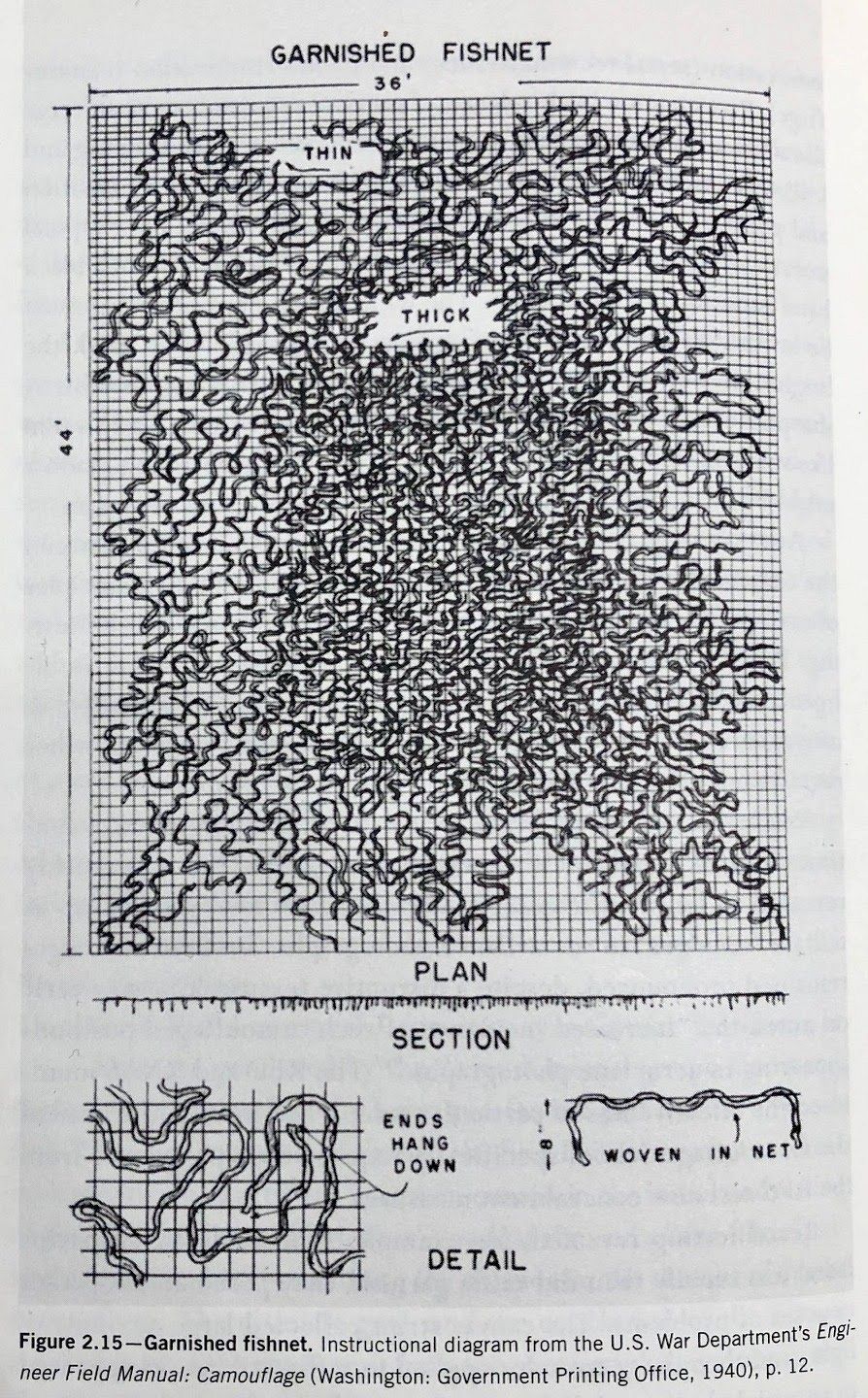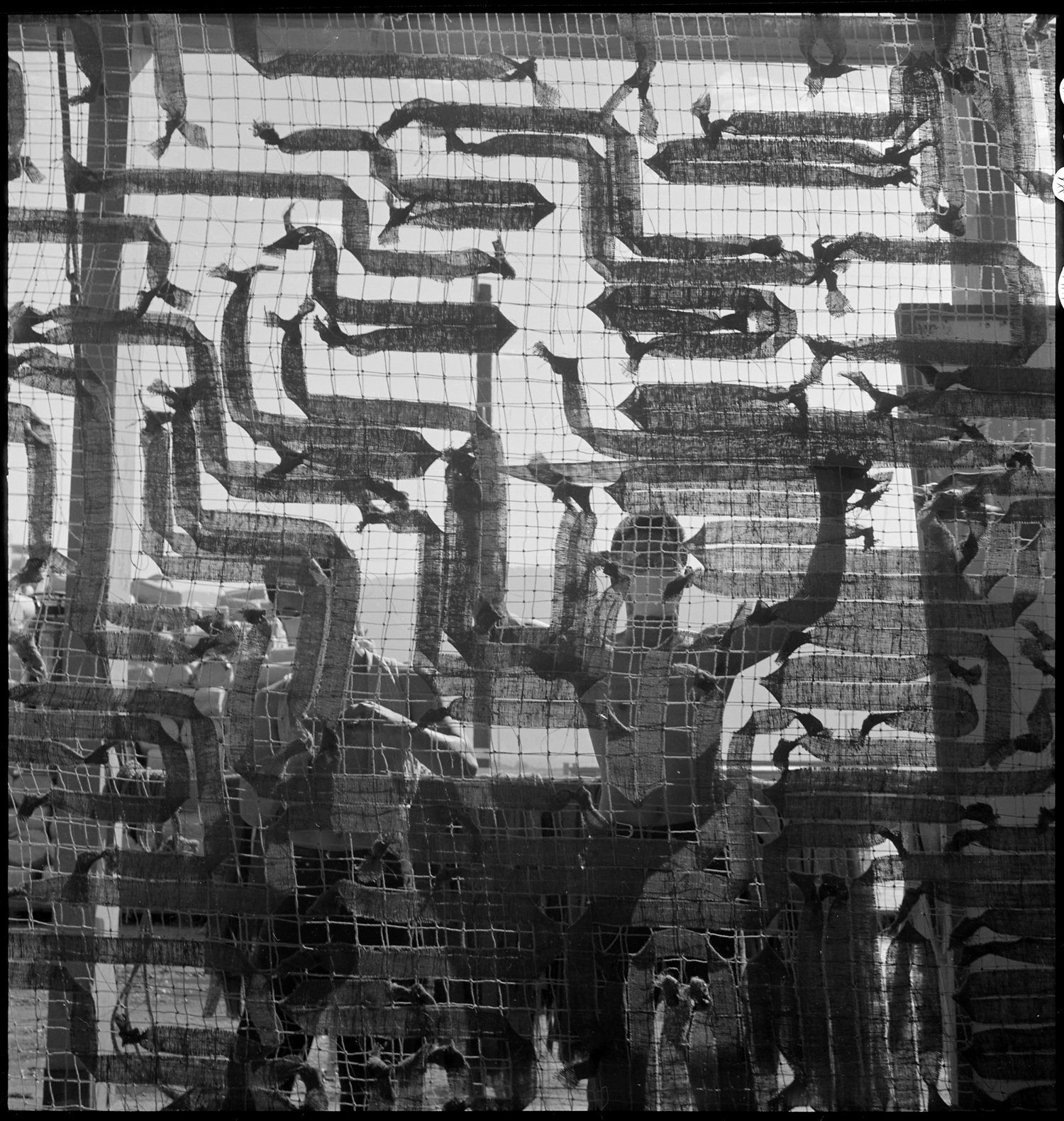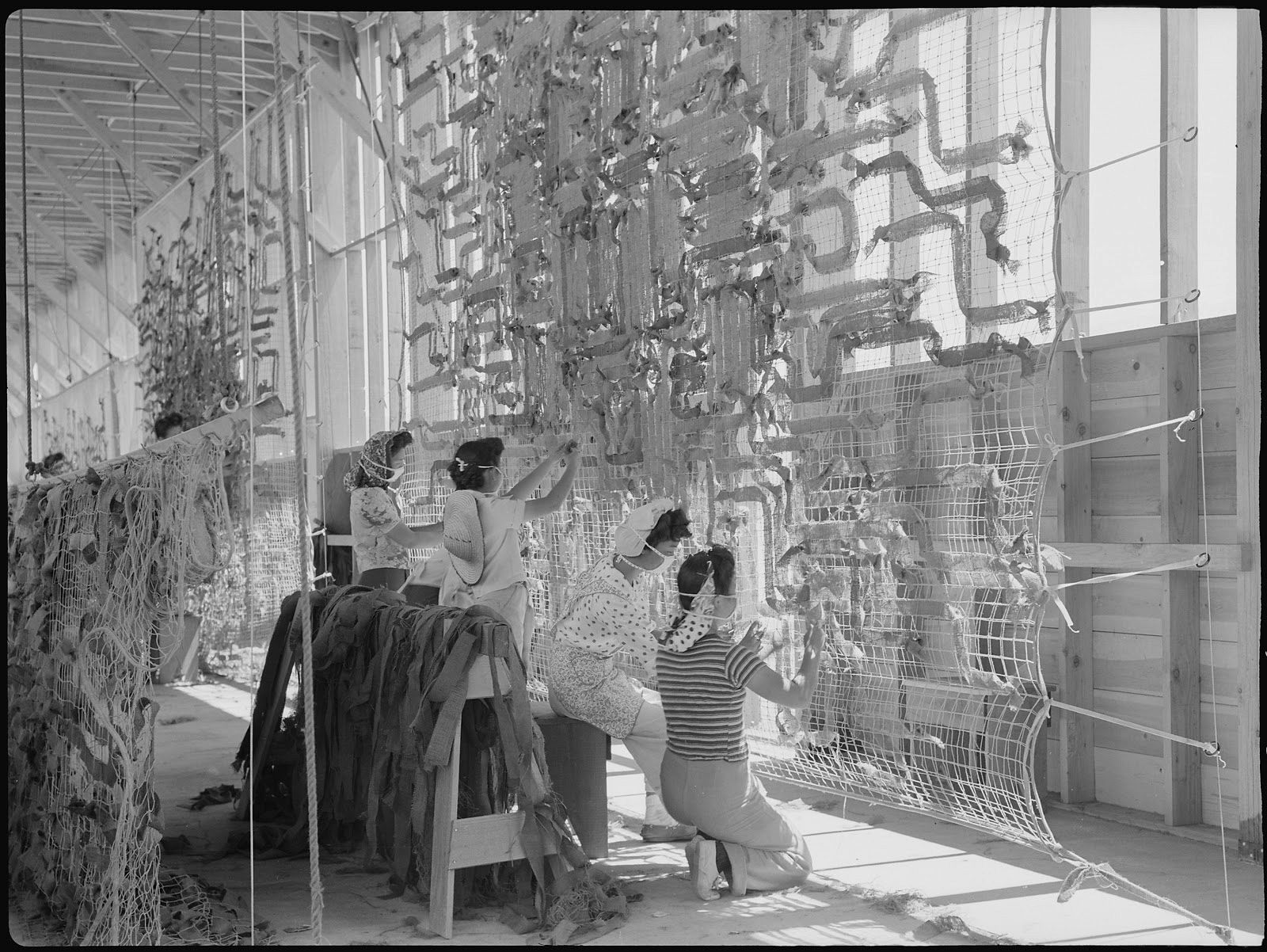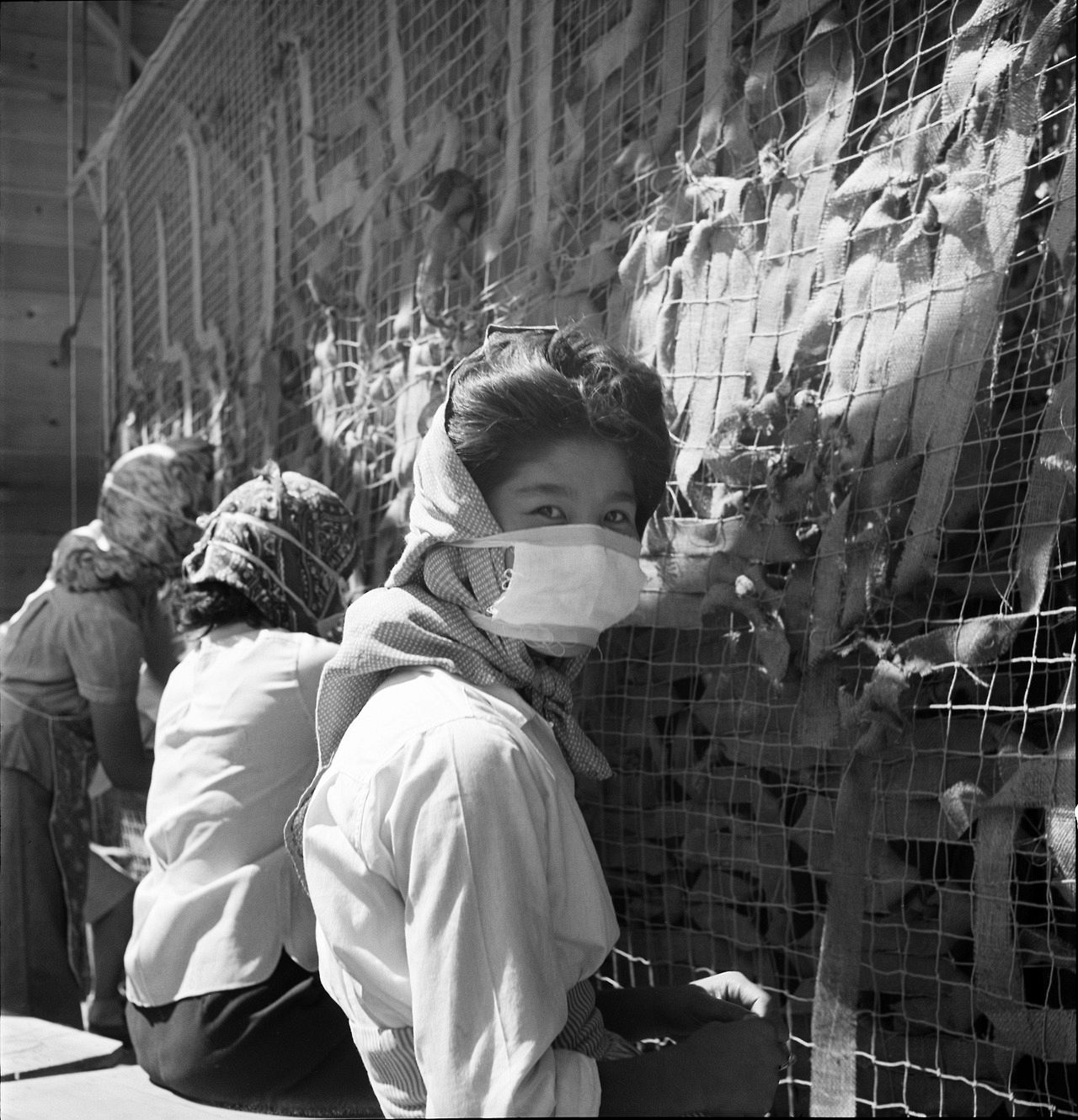My paternal grandmother, Rako Araki, passed away from COVID-19, at Roosevelt Hospital at 4pm Eastern Standard Time, on the spring equinox. The moment her spirit passed out of that room I experienced a distinct feeling of universality, of being among the many mourning those we could not say goodbye to in person, of being forced to resist the urge to gather under crisis and hold one another. The last time I saw her was via FaceTime, laying in a hospital bed, eyes and mouth serenely closed, my father’s expression mostly obscured by a mask, and face shield over his glasses. I didn’t take a screenshot. Over the last 3 months, death has pervaded our global consciousnesses by way of COVID-19. When it became our civic responsibility to stay away from those we love— quarantine in social solidarity, cover our faces and hands, not touch each other’s faces or our own— the texture of our social fabric changed.
Although Coronavirus itself does not discriminate based on class or race, it has become violently apparent that the U.S. government is manipulating the pandemic to essentially expunge, and exterminate BIPOC (Black, Indigenous, and People of Color), along with the working class. Donald Trump’s racist epithets, such as calling COVID-19 “the Chinese virus,” demonstrates the complete failure of this administration to honor human life, or respect international agreements.
In a locally shared spreadsheet documenting the increasing number of xenophobic anti-Asian incidents since the beginning of the pandemic, one account reads,
After I cleared my throat on the N train, a woman approached me and asked if it was really the best idea for me to be out in public, asking if I “had been home recently.” When I asked her where she thought “home” was for me, she failed to give me a straight answer. Embarrassed, she moved to the adjacent subway car at the next stop.
What does “home” mean in the context of this question? When belonging so directly correlates to means of survival, we are called to reconsider what it means to belong to a nation right now. It is common knowledge that the United States of America was built on, and subsists on the oppression of BIPOC. We can witness these apparatuses of control, and institutionalized racism upheld through the prison industrial complex, the tightening of borders, and abuse of power by the police. How can a person call a nation a home when that very nation is structured in opposition to their health and prosperity? Raised in Brooklyn mixed race by a white mother, I found it impossible to reconcile the deeply seeded inequities among the citizens of this country. I could not ignore the flagrant systemic machinations of capital upholding this violence.
As I watch abuses of power proliferate, I witness concurrently the resistance growing. My hope being that, while enduring this massive loss of life, we are simultaneously embracing a new collective consciousness around sharing life. This potential future asks us to write the histories of those who should not have died, of those who have been excluded from human rights at the design of their government. Now is time to rewrite our own fictions into a narrative that expands beyond the borders of nations. Now is time to draw new territories around love and novel modalities of care through our labor. Now is time to protect each other and model the relationships we want to be the foundation of a future society.
The rise of racism towards people of Asian descent, at the onset of COVID-19 in the states, demonstrates how racial prejudice is instrumentalized by this government to breed a kind of nationalism that foments violence on its own citizens. An article in LAist entitled “Verbal Abuse, Assault, Shunning: Coronavirus ‘Hate’ Tracker Now Includes More Than 1,400 Reports of Anti-Asian Racism” cites that:
State Assemblyman David Chiu, who has been promoting the online tracker as the head of the Legislature's Asian Pacific Islander Caucus, said anti-Asian racism during the COVID-19 pandemic is reminiscent of the finger-pointing and discrimination seen in the eras of the Chinese Exclusion Act and Japanese American incarceration during World War II.1See the link.
The “Japanese American incarceration” is a history not that well known, but I believe instructive to our present circumstance. The imprisonment of people based on race in the U.S. has a long history, and the more examples we have of different groups being targeted the more urgency there is to gather in resistance and liberation. Rako immigrated to the United States in 1955, only ten years after the last Japanese Internment camps closed.
When Japan bombed Pearl Harbor on December 7, 1941, President Roosevelt declared war on Japan. This was accompanied by a swell of racism towards, and suspicion of espionage by, citizens of Japanese ancestry living in the United States. On March 18, 1942, the War Relocation Authority (WRA) was established, and over the next few months, the authority ordered the exclusion, relocation, and internment of 120,000 people (over two thirds of whom were American citizens) to remote facilities spread across seven states. Whether a Japanese person was a U.S. citizen or not was irrelevant since the purported racial characteristics of the Japanese were viewed as overriding all other affiliations. The authority’s position could be neatly summed up by this infamous syllogism: “A Jap’s a Jap.”2Alinder, Jasmine. Moving Images: Photography and the Japanese American Incarceration (Chicago and Urbana: The University of Illinois Press, 2009). 5.
On April 1, 1942, the photographer Dorothea Lange was hired by the WRA to photograph the relocation process. For the WRA, Lange had already proved her profound ability with her most famous photograph Migrant Mother (1936),3See the link. printed and distributed widely in magazines and periodicals. However, the assignment was vague in nature, and it was clear she and the WRA had very different ideas about it according to their politics, leading to her eventual dismissal and subsequent impoundment of her photos for over fifty years. After all, Lange was “a committed social observer [who] paid sharp attention to the human condition,” as described by MoMA, where a major exhibition of her works is currently on view online.4See the link.
In June 1942, due to a shortage in production labor, the War Department installed two large-scale production projects in California at Manzanar Relocation Center and Santa Anita Assembly Center. Overseen by army engineers, internees manufactured over 25,000 camouflage nets. These served the purpose of protecting tanks, obscuring architecture, and enabling the U.S. military and Allied Powers to be invisible to their enemy, the Axis Powers, which included the country of Japan. The form of camouflage they were producing was first utilized by the French and British during World War I,5Shell, Hanna Rose. Hide and Seek:Camouflage, Photography, and the Media of Reconnaissance (Cambridge, MA: MIT Press, 2012), 103. *Artist-turned-camoufleur Solomon J. Solomon claimed to have invented, or rather innovated, camouflage netting, aka “the material”. the designs of which, after much experimentation by various artisans, had been streamlined by the Second World War. In describing the institutionalization of this method, Hanna Rose Shell, author of Hide and Seek: Camouflage, Photography, and the Media of Reconnaissance, writes: “Netting became a visual and material medium of immersion in nature at the same time that it offered resistance to the photographic image.”6Ibid., 86
In July 1942, Dorothea Lange photographed the camouflage net project extensively. One might speculate a special request from the WRA to document this particular activity in the name of presenting a positive image of Japanese Americans’ loyalty to the war effort, and complicity to their circumstance. The photos Lange took of the camouflage net production project do not entirely fail at this task, but as a viewer there is a peculiar quality in the photographic subjects that bring to mind W. E. B. Du Bois’s concept of “double consciousness” – “this sense of always looking at one’s self through the eyes of others.”7Du Bois, W.E.B., "Of Our Spiritual Strivings," in The Souls of Black Folk, originally published in 1903, and can be read online through this Link. And the camouflage nets, “[c]rafted by man, netting moved, as if with a botanical life its own: this was textile subterfuge.”8Shell. Hide and Seek, 86. In their multilayered “textile subterfuge,” these photographs delineate ghostly boundaries between the garnishers and the enormous nets they weaved.
In one particular photo of Lange’s, five women are working on one camouflage tapestry, approximately twenty feet square. We can observe at least two more of these hanging nets fading into the background of the photograph. Layers of material boundaries cumulate between the nets and garnishers in the sheds, presenting a visual opportunity for Lange to explore the space between these thresholds and weaving the semiotics of camouflage into a dialectic between visibility, opacity, and the role of the camera in war photography.
One senses a camaraderie in the photograph, especially between the two women in the foreground, holding their heads but inches apart. The women’s hairdos are fashionably styled, their clothing clean, well-tailored, elaborately patterned.9Manzanar Free Press. August 14, 1942. * Manzanar Free Press was published at Manzanar Relocation Center from 1942-1945. Although the periodical was produced primarily by internees it was heavily edited and censored by authorities. They appear suspiciously at ease and focused in their labor, considering our knowledge of their situation. Yet with their mouths covered by masks, suggesting an impurity of air, we cannot in fact read their facial expressions: the opacity of the fabric precludes the possibility of the photographer projecting affect onto its subjects. In Moving Images: Photography and the Japanese American Incarceration, Jasmine Alinder argues: “Smiling for the camera, nearly a reflexive response, could now be read as obedience to the U.S. government policy, or alternately as ‘a lesson to Tokyo,’ as the newspaper headline proclaimed.”10Alinder, Moving Images, 19.
In Lange’s lens, very few facial expressions of the workers could be read by the viewer, suggesting a gesture of protection on Lange’s part. In my observation, Lange utilizes opacity and transparency both consciously and strategically in framing her photographs of the camouflage net workers. Through repetition, these layers of laboring bodies weave into the distance and elaborate a full spectrum of visibility from transparency to opacity. In his seminal book Poetics of Relation, influential Martinican poet and philosopher Édouard Glissant argues in the essay “On Opacity” that,
Agree not merely to the right to difference but, carrying this further, agree also to the right to opacity that is not enclosure within an impenetrable autarchy but subsistence within an irreducible singularity. Opacities can coexist and converge, weaving fabrics. To understand these truly one must focus on the texture of the weave and not on the nature of its components. [...the] opaque is not the obscure … It is that which cannot be reduced, which is the most perennial guarantee of participation and confluence.11Glissant, Édouard; Wing, Betsy (Trans.). Poetics of Relation (Ann Arbor, MI: University of Michigan Press, 1997). 190-191.
To be continued next week.
Chip Chapin engages dance and writing to elaborate possibilities around collective labor, redistribution of resources, and mutual care. Chapin received an MFA from Hunter College, BA from Bard College, attended MSA^ [Mountain School of Art], and LANDING 2.0; is a recipient of The Kossak Painting Grant, Agnes Gund Curatorial Fellowship, and Beth M. Uffner Scholarship; has published in Weekend, Another Tab of Chrome, No Dancing, and Ginger Magazine; performed and exhibited in New York, Los Angeles, Portland, Berlin, Oslo, and Basel. Chapin currently lives and works in Enfield, NY, where they co-founded Complimenta Inc., now under the open acronym c.h.a.m.p.s. (come here and move people slowly).
